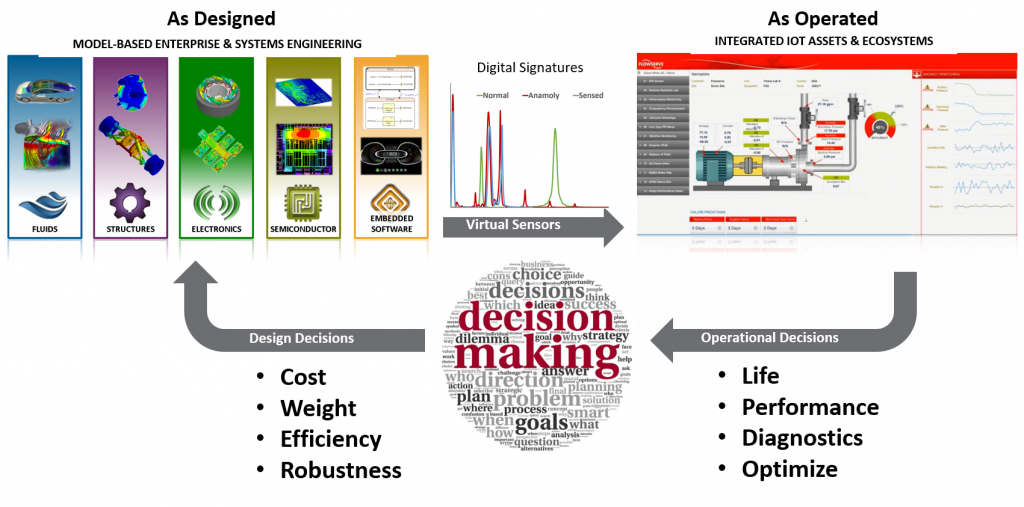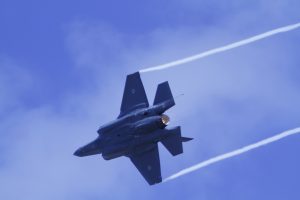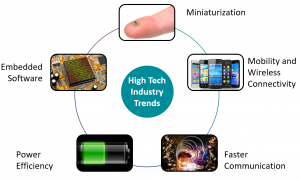Members of LEAP’s team spent last week exhibiting at the 2017 Avalon Airshow. After hundreds of conversations with people from various engineering backgrounds, including existing customers, Prime defence contractors, affiliated suppliers and ultimate end-users of aerospace technology (such as officials from the Air Force and Navy), one strong central topic emerged. Hint: it was not the public unveiling of the F-35 Joint Strike Fighter in Australia, nor the visit from the (current) Prime Minister Malcolm Turnbull.
You are likely already aware that developments in sensor technology have reduced costs, broadened capabilities and given rise to the Industrial Internet of Things (IIoT or, more commonly, IoT), which has in turn amplified the amount of data that is available to engineers to unprecedented levels. We can now have much greater knowledge of the operating conditions, loads, deflections and strains that our products experience in the real world.
For engineers and analysts who spend most of their time running high-fidelity multiphysics simulations related to product design and development, the obvious and traditional use of this data is to use this knowledge to better design the next iteration of their product (again, using a single 'Digital Twin' to assess the overall product design):
In essence, this data allows engineers to adjust their original assumptions concerning operating conditions or boundary conditions, so that simulations more accurately reflect reality.
The impact of this useful insight gathered from IoT data analytics should not be understated. If you can identify that your product had been operating ‘out of spec’ or design envelope, you can better understand the reasons as to why some products have failed out in the field (or, at the least, failed to perform to expectations) – and verify this using simulations retrospectively. However, it is clear that by limiting the use of IoT data to this use-case only, we are also missing a huge opportunity!
This missed opportunity is a reflection of the bubble that many engineers and analysts operate in. Engineering issues expand beyond simply designing a product to perform adequately within a particular specification. Modern engineering and operations managers expect to have access to complete and constantly up-to-date picture of the entire product lifecycle, starting with product development but also extending to service contracts and product retirement. No longer can our design engineers pretend that engineering issues disappear once a product is shipped out the door!
The 'Digital Twin' reaches it's full potential
Operations engineers responsible for service scheduling have historically worked to rigid and inflexible timetables (which are often set early on by product designers, informed by some limited analysis of historical data). Partly, this conservative approach was necessary due to the lack of feedback from the field about real-world product operations. Modern technology now allows us to easily collect and update all the digital information about an individual asset (ie. for each aircraft in a fleet).
Thus, we believe that the timing is now right for the full potential of a Digital Twin to be realised by Australian industry and defence. It has been made possible by the convergence of these multiple trends, encompassing:
- data from pervasive sensors combined with smarter IoT platforms (ie. PTC Thingworx and GE Predix),
- big data analytics tools developed specifically to deal with this exponential growth in IoT data, and
- ongoing advances in hardware & engineering software that makes it possible to automate high-fidelity multiphysics simulations, combined with system-level models.
Wrap this all up and what do you get? The ability for service and operations engineers to combine IoT data with simulation tools such as ANSYS to make smarter and better informed decisions – individually for each asset!

The potential for digital twin concept involving multiphysics simulation - image courtesy ANSYS Inc.
So in future, if your IoT data identifies that a product has been performing ‘out of spec’, besides building this knowledge into your next design requirements, you can utilise the Digital Twin of that individual asset to run updated simulations (for example, updating boundary and operating conditions, and refreshing your durability and fatigue life calculations), and quickly make an informed decision on whether to schedule early maintenance on that asset – thus reducing the risk of early product failure (and unplanned downtime). Conversely, if one particular asset has had an easier life than expected, you could use that Digital Twin to decide to postpone any costly maintenance and avoid unnecessary downtime.
Keen to spread the word amongst your peers? Want to learn more about the evolution of Digital Twin modelling? Visit the ANSYS blog, ANSYS Digital Twin website, and be sure to check out the Flowserve pump demonstration showing ANSYS combined with PTC Thingworx and GE Predix. Watch below to hear more on these topics from Jim Magee of GE Digital:








